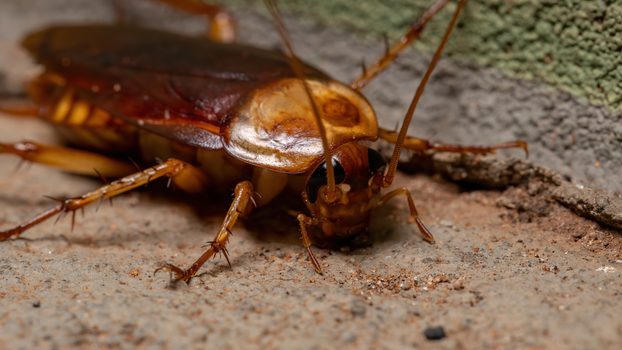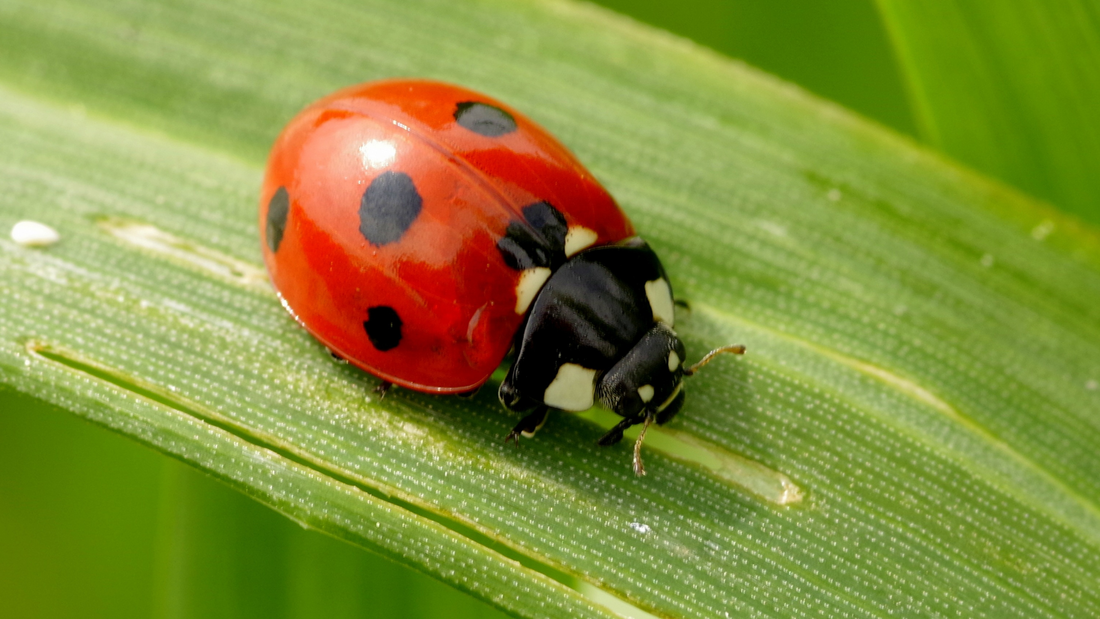|
As summer turns into Fall, the chances of you seeing stink bugs in your home increase immensely. Although these little pests aren’t toxic, their smell appears like it is. In this month’s pest profile, we’re talking about the stink bug.
According to Pest World, brown marmorated stink bugs are an invasive species from Asia that first arrived in Pennsylvania in the late 1990s. Now, they can be found across the United States. Depending on their exact species, stink bugs vary in size. Some are almost two centimeters long and are as wide as they are long. They can be brown, gray, or dark green in color and are comprised of three body segments. They also have a shield-shaped abdomen and six legs. Most species of stink bugs only live for about six to eight months. Wasps and bees may be best known for disrupting your summer fun, but they are both essential to our ecosystem. While they look similar and share similar habits, they're actually quite different. We're taking a look at how to tell the difference between wasps and bees and what characteristics they share.
They’re a major pest across the United States and a least favorite of many. In this month’s Pest Profile, we’re talking about the American cockroach. Also referred to as the palmetto bug or water bug, this pest may not be the most common roach species, but it is the largest. It also lives the longest, with a lifespan of about two years.
There's no question that summer is here in Eastern North Carolina, and we're seeing record-breaking temperatures across much of the United States. Unfortunately, with the warm weather comes an increased chance for certain pests. That's because the life cycle of certain insects speeds up when the temperature climbs. This can bring exponential growth in insect populations.
Some of the most common pests in the summer are mosquitoes, ticks, fire ants, wasps, and termites. But don't worry; Pestech of Greenville is here to help keep your home pest-free from these heat-loving bugs. In this month's pest profile, we're looking at ladybugs. These little hard-shelled creatures, best known for their red bodies and black spots, are harmless to humans and helpful to gardeners. But did you know ladybugs aren't actually bugs? That’s right - they're beetles. In fact, in some regions, they're even called lady beetles or ladybird beetles. Legend has it that the "lady" in the name ladybug dates back to the Middle Ages. Stories say aphids were damaging farmers' crops. After the farmers prayed to the Virgin Mary for help, the ladybugs arrived and ate all the aphids. From then on, farmers referred to the insects as "Our Lady's beetles."
There are about 5,000 different species of ladybugs in the world and about 450 in the United States. In addition to being red with black spots, some ladybugs are yellow, orange, brown, pink, or black. Some ladybugs don't have spots at all, and some have spots that look more like stripes. The spots on ladybugs serve a bigger purpose and aren't just for looks alone. They are meant to warn attackers. When ladybugs are startled, they'll emit a foul-smelling blood from their joints. This yellow liquid is toxic to several predators like birds and small mammals. When all else fails, ladybugs will even play dead until a predator is gone. Similar to butterflies, ladybugs go through four stages before they reach their adult form. Baby ladybugs don't look like their adult counterparts at all. Their long, spiny larvae actually look like little alligators. In their final phase, ladybugs become adults and their wings appear. These wings stay hidden most of the time under their outer shell since they're significantly larger than their entire body. Once they reach their adult form, a ladybug's life span is only about a year long. |
|
|
HOW ARE WE DOING? (Google review embedded here)
Copyright © 2023
PESTECH OF GREENVILLE, INC.
PESTECH OF GREENVILLE, INC.





